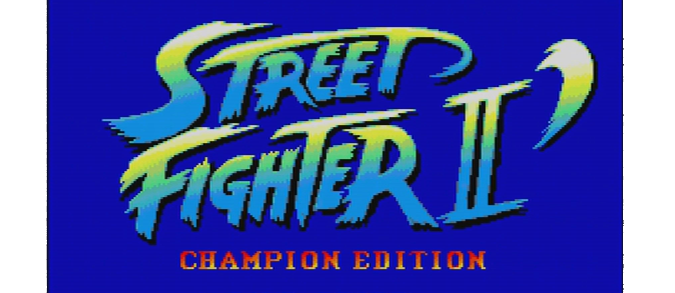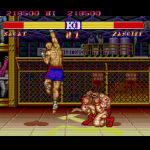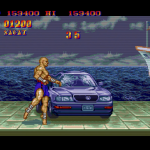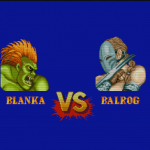Street Fighter II’
PC Engine – 1993
Developer – NEC Avenue
Publisher – Capcom
While I haven’t surrendered my tennis questing just yet, I’d like to take a moment to talk about one of my favorite console ports of all time, Street Fighter II’ Championship Edition for the PC Engine. While it’s outshone on nearly level by SNES version Street Fighter II Turbo, which was released in the same year, it’s an impressive port in its own right, and well worth the consideration of any fighting game fan with the means to play it.
Street Fighter II and its countless iterations were hot commodities in the early ’90; the franchise was ported to everything from the Game Boy to the Commodore 64. Hell, I wouldn’t be surprised if there was a TI-82 version of the game out there in the ether. At first glance, the PC Engine (what we knew in the States as the TurboGrafx-16) version of Street Fighter II’ appears to be little more than a slightly less impressive version of its SNES counterpart; there’s nothing on the surface of this port that would lead you to believe it’s worthy of any great praise. However, when one considers the specifications of the hardware that it is ran on, it’s somewhat of a technical marvel.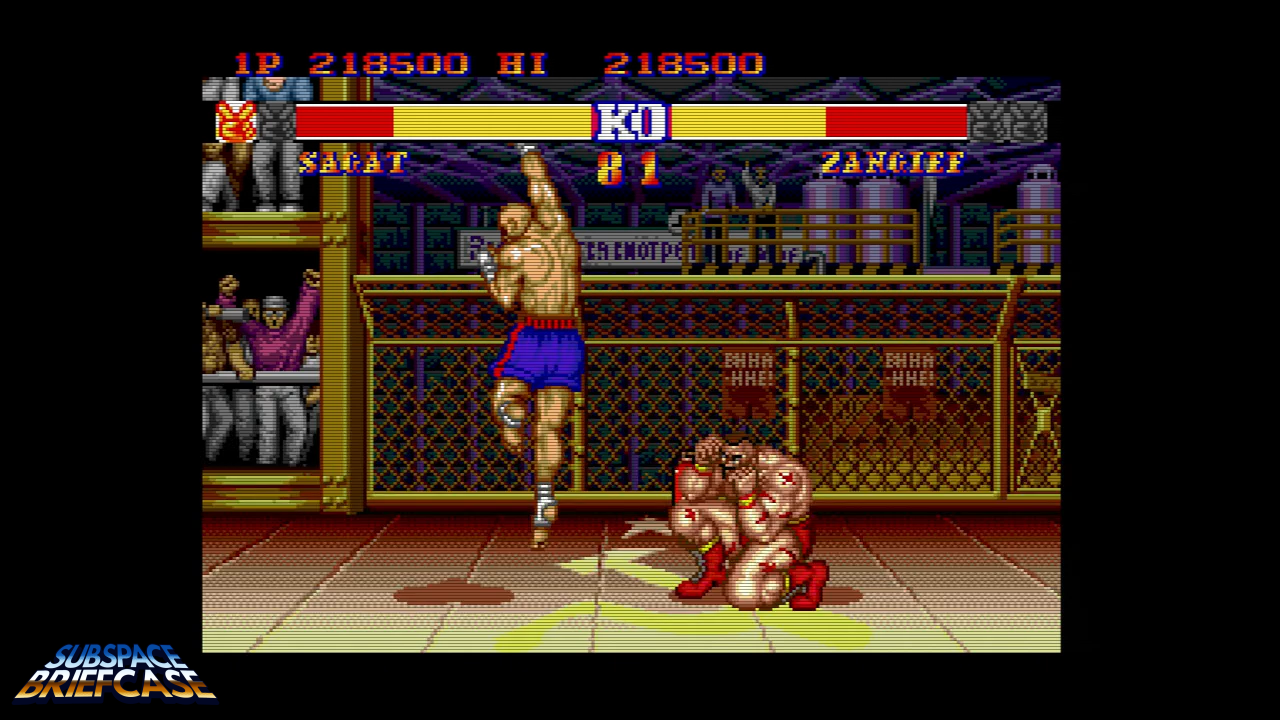
While whether the PC Engine/TurboGrafx qualifies as a “16-bit” system is a subject best reserved for another day, one thing is not in dispute: it had an 8-bit CPU, the same as the NES. Though the PC Engine came strapped with a dual 16-bit GPU, in terms of raw horsepower, it was still operating on an 8-bit level. If I might hazard a broad and clumsy car analogy, compared to the NES, everything has been upgraded but the engine – new coat of paint, new tires, front and rear spoilers – but it’s still not going to go that much faster. The PC Engine’s chief competitors, the Genesis and the SNES, were working with legit 16-bit CPUs. For the mathematically disinclined, that’s TWICE of processing power.
So, considering that raw power differential, take a look at this:
While astute observers will note that there are missing frames of animation, a lack of color depth, and other shortcomings, considering the hardware, the end result is almost unimpeachable: this is a full featured, smooth playing, and aesthetically pleasing adaptation of an arcade classic. While this port never saw a US release, I have to imagine that Japanese PC Engine owners were ecstatic with the quality of SFII’.
SFII’ pushed the PC Engine to its absolute limits. If you don’t believe me, just take a look at the sheer size of it compared to a standard PCE/TG16 HuCard: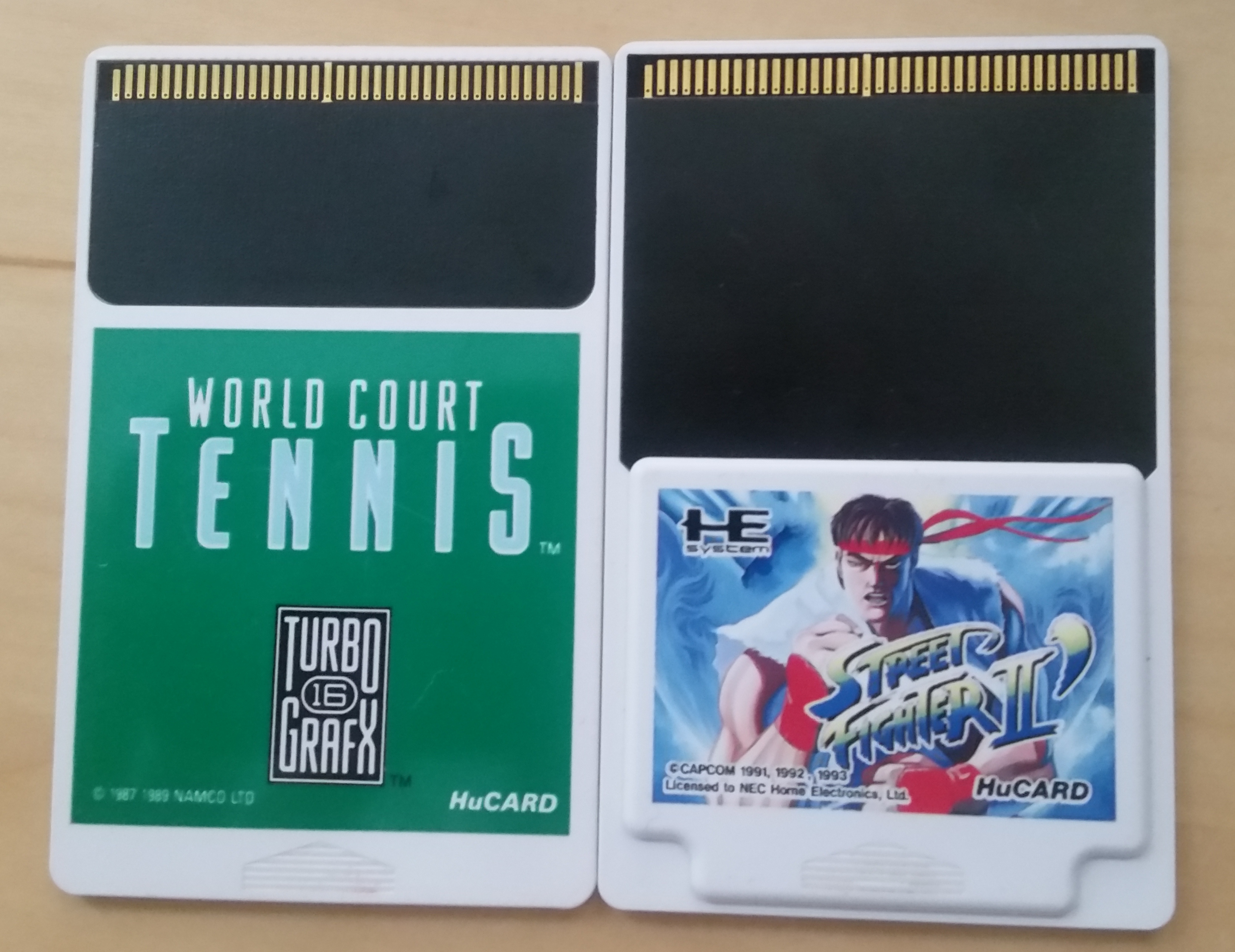
Clocking in at a massive (for the time) 20 megabits, SFII’ could not be contained in a standard issue HuCard. It’s literally bursting at the seems with quality. It’s somewhat notable that the game was released on a HuCard at all, as the PC Engine had a well-established CD-ROM add on by the time SFII’ was released. I can only assume that it was released on HuCard so as to reach as wide of an audience as possible.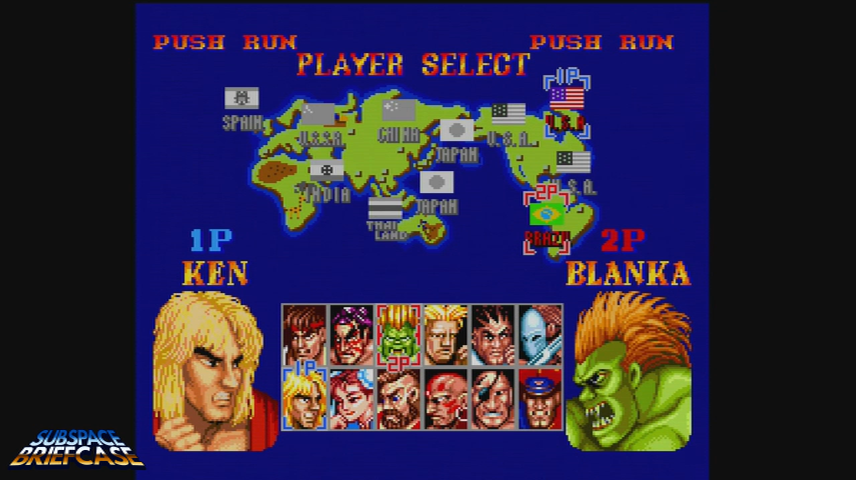
I’m far from an expert on the subject, but if you’d like to see some comparisons of the PC Engine version of SFII’ against its Genesis and SNES counterparts, I’d highly recommend you check out this excellent post over at Retro Sanctuary. SFII’ for the PC Engine is one of those select few instances where a little background information on a game makes it all the more enjoyable to an enthusiast – I’d highly recommend it to any fans of the console or the series.

